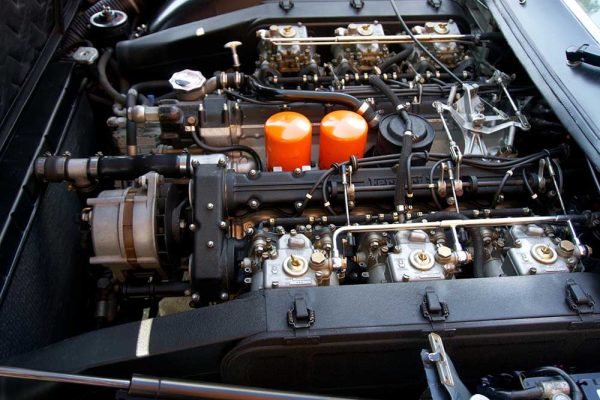With the opening race of the 2024 Formula 1 season only weeks away and the anticipation building, this article will look at the unique challenges that drivers will face at the Bahrain Grand Prix. Hosted at the Bahrain International Circuit, many factors combine to make the Bahrain Grand Prix one of the most demanding races on the Formula 1 calendar.
The circuit demands a lot from drivers due to a number of factors including, the track’s design features, location, environmental conditions, new overtaking regulations, and the fact that it is a night race. Combine these factors with the drama that accompanies Formula 1 racing and racing fans are in for a treat at the season opener.
Table of Contents
The Circuit’s Unique Features
The Bahrain International Circuit presents a unique challenge to drivers with its combination of high-speed straights and tight corners; meaning drivers must find the right balance of speed and control of their car. The straights allow for breathtaking speeds, while the tight corners test the drivers’ braking and cornering skills to the limit. However, these straights are not just about speed, they also serve as strategic elements in the race, providing opportunities for overtaking and adding an extra layer of excitement to the competition.
The desert environment of Bahrain adds another layer of complexity as sand from the surrounding desert can blow onto the track, reducing grip and making the surface more slippery. This unpredictable element forces drivers to adapt their driving style throughout the race, adding to the challenge.
Contending with New Overtaking Regulations
Changes made to the Drag Reduction System (DRS) zone, by the FIA in the 2023 Formula 1 season, saw the introduction of new overtaking regulations. The DRS, which is a key component in Formula 1 racing, is a system that allows drivers to adjust the angle of their car’s rear wing, reducing drag and thereby increasing speed on straights. This system is crucial for overtaking, providing drivers with a speed advantage over their competitors.
The FIA’s recent changes have seen the starting point of the DRS zone shifted down the track by 80 metres. This modification effectively shortens the DRS zone, thereby reducing the time and space during which drivers can use the system to gain a speed advantage for overtaking. This change has made the track even more challenging as drivers now have less distance to utilise the speed advantage provided by the DRS, making overtaking manoeuvres more difficult to execute. As a result of these changes, drivers need to have an even greater level of skill, precision and timing while trying to overtake.
A Battle with the Elements
Drivers don’t just compete amongst themselves at the Bahrain International Circuit, as the desert location of the track is notorious for its unpredictable wind conditions. The gusty winds can suddenly pick up and affect the handling of the cars. This is particularly noticeable at Turn 11, a fast, long radius corner that already demands a high level of skill and precision from the drivers. The corner’s design, coupled with the potential for strong gusts of wind, makes it a particularly tricky part of the track to navigate.
The wind can unsettle the cars, making them harder to control and potentially causing drivers to deviate from the track. This makes maintaining the right balance and speed through this corner even more critical. As the wind is notoriously unpredictable, drivers must constantly adapt to the changing conditions, adjusting their steering and throttle inputs to keep their cars stable and on the track.
A Night To Remember
The most obvious aspect of the Bahrain GP in 2024 is that it is a night race. Racing under floodlights creates a unique atmosphere for both spectators and broadcasters and presents a different set of challenges compared to daytime races, as the shift from daylight to artificial lighting at night alters the visibility conditions on the track. As the floodlights light up the circuit, they create stark contrasts of light and shadow that can affect a driver’s depth perception and line of vision. These changes in lighting require drivers to adjust their driving style and strategies to adapt to the night time conditions.
In addition to the lighting, the desert’s temperature drops significantly at night and the cooler climate at night can affect the performance of the cars and the grip of the tires. Requiring teams to adapt their strategies for tyre management and car setup.
A Great Test to Start the 2024 F1 Season
The Bahrain GP opens the 2024 season and we can not wait. The unique challenges of the Bahrain Circuit will push drivers to their limits and test the capabilities of the cars, which adds to the drama of the opening race in the Formula 1 calendar. Stay tuned for more Formula 1 news and in-depth analysis and coverage from every race of the 2024 racing season.





